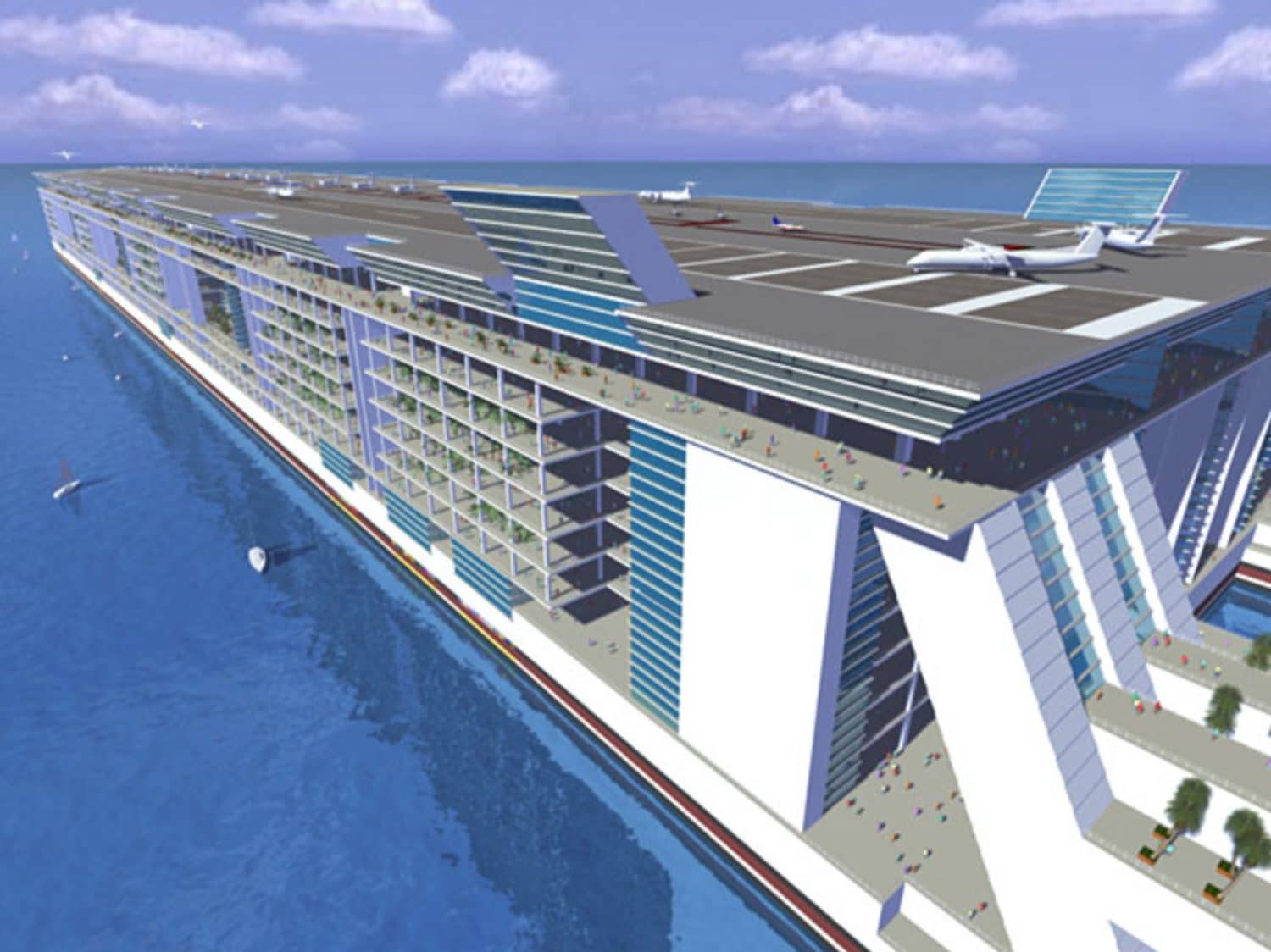Unique and Strange Cruise Ships That Were Never Built
Unbuilt Wonders: Unique Cruise Ship Concepts

Cruise lines are known for their innovation and creativity. They continuously develop new features and designs for their ships. Some of these ideas are groundbreaking, while others remain mere concepts. Among the many ambitious projects, several unique cruise ships were proposed but never built. From the colossal Freedom Ship to the much-discussed Titanic II, these concepts showcase the imagination and ambition of the cruise industry.
The Freedom Ship: A Floating City
One of the most ambitious cruise ship concepts is the Freedom Ship. This nearly mile-long vessel was designed to accommodate an astonishing 60,000 passengers. In total, it could host up to 100,000 people, including 40,000 residents, 30,000 daily visitors, 20,000 crew members, and 10,000 overnight hotel guests. The vision behind the Freedom Ship was to create a floating city that would circumnavigate the globe, spending two years at sea and visiting various ports and countries.
The Freedom Ship was not just about size; it aimed to offer a unique lifestyle experience. Residents could live on board, enjoying amenities typically found in a city. The ship would feature schools, parks, shopping centers, and entertainment venues. The concept promised a new way of living, combining travel and community. However, despite its ambitious plans, the Freedom Ship has yet to materialize. The project faced numerous challenges, including funding and regulatory hurdles. As a result, this extraordinary vision remains unbuilt, leaving many to wonder what life aboard such a vessel would have been like.
Carnival’s Project Pinnacle: A Visionary Design
Another notable unbuilt cruise ship is Carnival Cruise Line’s Project Pinnacle. Launched in 2004, this project aimed to create the world’s largest cruise ship, exceeding 200,000 gross tons. The design was revolutionary and included features that were ahead of its time. One of the standout elements was a people mover system, designed to transport guests quickly around the ship. This innovative feature would have enhanced the overall guest experience, making it easier to navigate the vast vessel.
In addition to the people mover, Project Pinnacle proposed a lazy river, a feature that has since been adopted by other cruise lines. The ship’s design also included a unique split at the aft, which was later utilized in Royal Caribbean’s Oasis class ships. Despite its exciting features and potential, Carnival ultimately scrapped the project. The reasons for this decision remain unclear, but it highlights the challenges cruise lines face when developing ambitious new concepts. Project Pinnacle serves as a reminder of what could have been, showcasing the creativity and forward-thinking nature of the cruise industry.
Titanic II: A Modern Tribute
The RMS Titanic is perhaps the most famous ship in history. Its tragic story has captivated the world for over a century. In a bold move, an Australian billionaire proposed building Titanic II about twelve years ago. The project aimed to recreate the original Titanic as closely as possible, complete with first, second, and third-class cabins. However, the project quickly became mired in controversy and skepticism.
Initially, the launch of Titanic II was set for 2016, but it faced numerous delays. Each new date, from 2018 to 2022, came and went without any progress. Critics began to view the project as a publicity stunt rather than a serious endeavor. Despite claims that work was moving forward, no tangible results emerged. The project has since fallen silent, with the company behind it offering little information. Titanic II was intended to incorporate modern safety features and technology while paying homage to the original ship. A promotional video showcasing life aboard Titanic II garnered millions of views, further fueling public interest. However, as time passes, the dream of Titanic II seems increasingly unlikely to become a reality.
The Prototype of the Future: Project Trimaran
While the first three projects mentioned are unlikely to be built, a new prototype has emerged from Meyer Werft. This ambitious design proposes a cruise ship with a staggering 430,000 gross tons, capable of carrying between 12,000 to 15,000 passengers. The sheer size of this vessel presents significant challenges, particularly regarding port limitations. As a result, it is uncertain whether this prototype will ever see the light of day.
The model of Project Trimaran was showcased at Seatrade Cruise Global in Miami, capturing the imagination of industry professionals and enthusiasts alike. Its innovative design and potential features highlight the ongoing evolution of cruise ship concepts. However, like many grand ideas, the feasibility of such a massive ship remains in question. The cruise industry continues to push boundaries, but not every idea can become a reality. Project Trimaran stands as a testament to the creativity and ambition that drives the cruise industry forward, even if it remains just a prototype for now.
